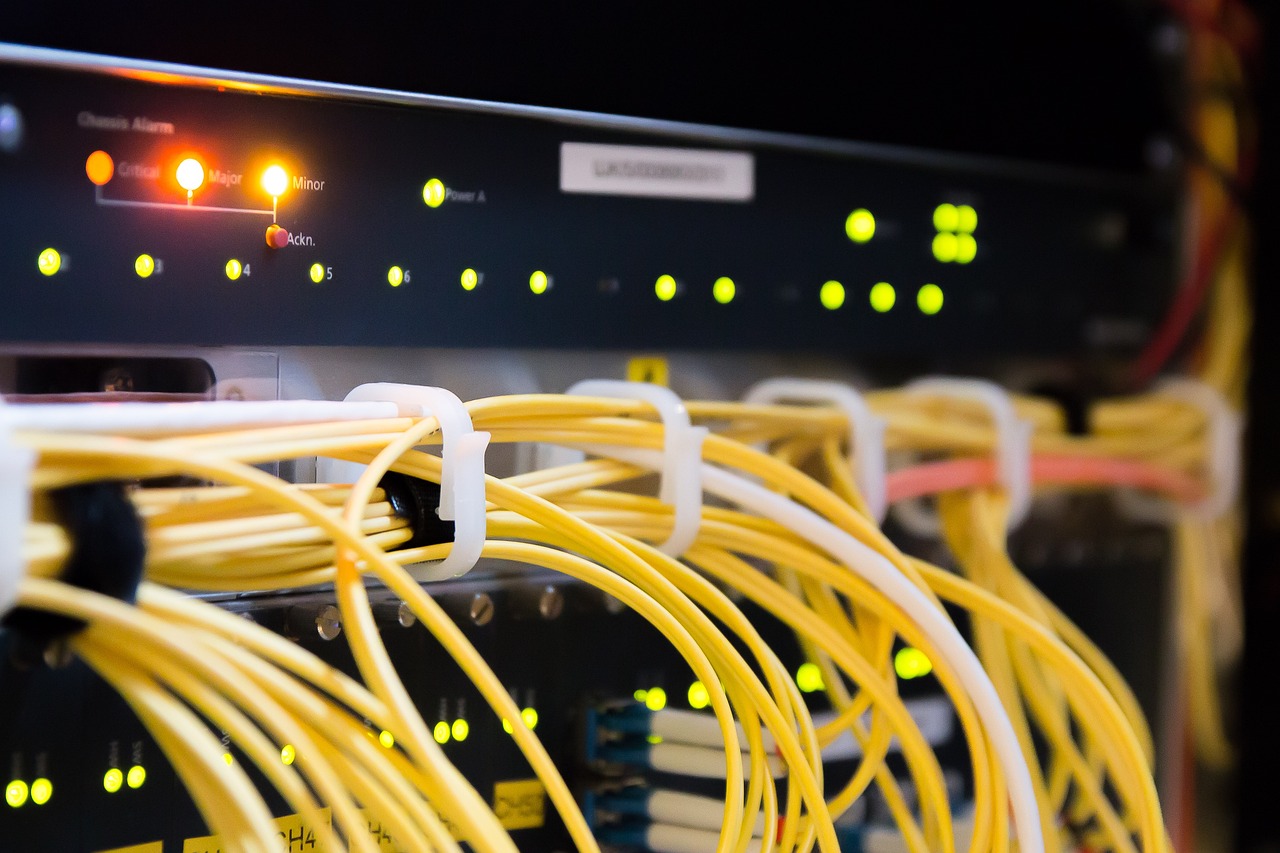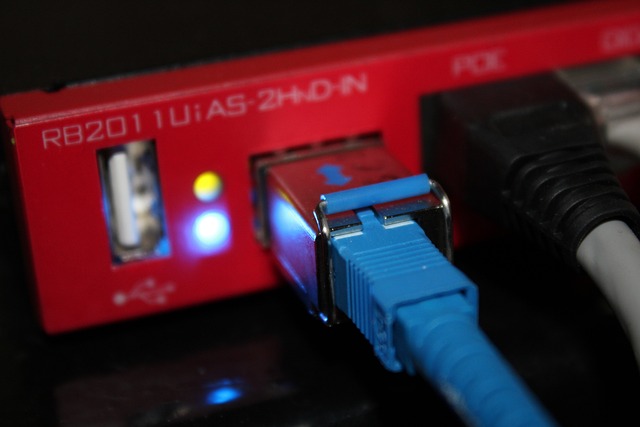The Benefits of Investing In a Structured Cabling System for Your Home

The internet has become an integral part of our lives, and a fast and reliable connection is essential for many daily activities. Whether working from home, streaming movies or music, or gaming with friends, you need a stable network that can keep up with your demands. A structured cabling solution is a way of organizing your home network to ensure optimal performance and efficiency. This essay will explore the benefits of investing in a structured cabling system for your home.
Improved Performance
A structured cabling system provides better network performance than traditional cabling systems. The system is designed to be more efficient, with fewer interference issues, resulting in faster and more reliable data transfer speeds. This means you’ll experience fewer delays and interruptions, even when multiple devices use the network simultaneously. In comparison, traditional wiring systems often reduce performance due to compromised data transfer speeds caused by electromagnetic interference (EMI). EMI can come from various sources, including electronic devices such as microwaves, cordless phones, or televisions.

Increased Flexibility
A structured cabling system provides greater flexibility than traditional cabling systems. With conventional wiring systems, adding new devices, changing configurations, or moving equipment can be time-consuming and costly. In contrast, a structured cabling system allows you to easily add or remove devices, reconfigure the network, or move equipment without having to rewire everything from scratch.
Reduced Downtime
Downtime is a significant issue for anyone who relies on a network for work or entertainment. With a structured cabling system, downtime is significantly reduced since it is easier to identify and repair issues in a structured cabling system. The structured cabling system allows technicians to quickly locate the source of the problem, reducing the time it takes to make repairs, which in turn minimizes any potential downtime.
Scalability
A structured cabling system is scalable, meaning it can grow with your needs. As your network requirements change and your user base expands, a structured cabling system can accommodate these changes with minimal effort. This scalability also means that you can easily upgrade your equipment or software without having to rewire your entire network. Traditional cabling systems require extensive rewiring to accommodate changes or upgrades, resulting in downtime and additional expenses. In contrast, structured cabling systems can be easily expanded or modified with little disruption to the existing network.
In conclusion, investing in a structured cabling system has numerous benefits for anyone who relies on a network for work or entertainment. Improved performance, increased flexibility, reduced downtime, scalability, and cost-effectiveness are just some of the benefits of this system. A structured cabling system is a long-term investment that can accommodate your needs as your network grows and changes.
